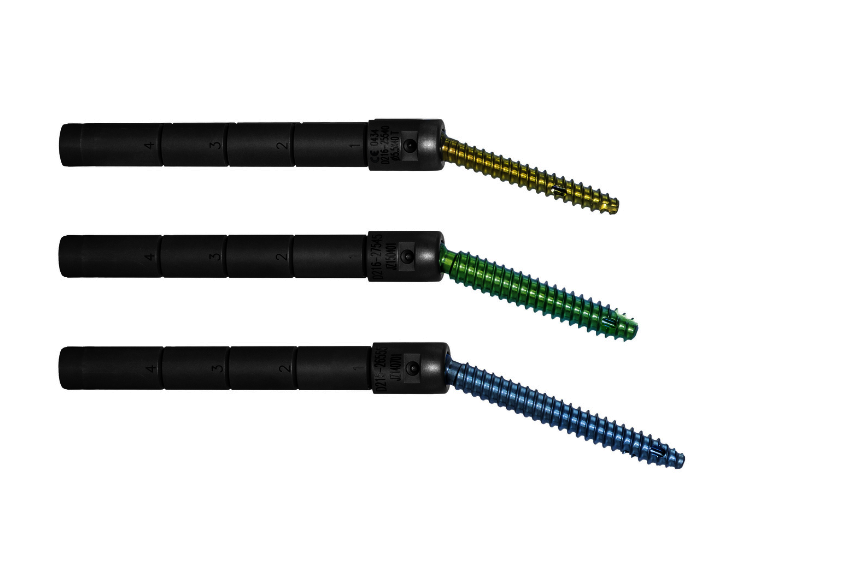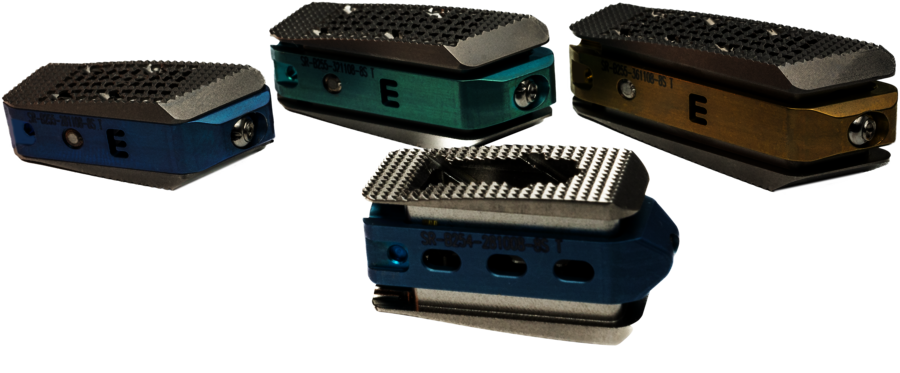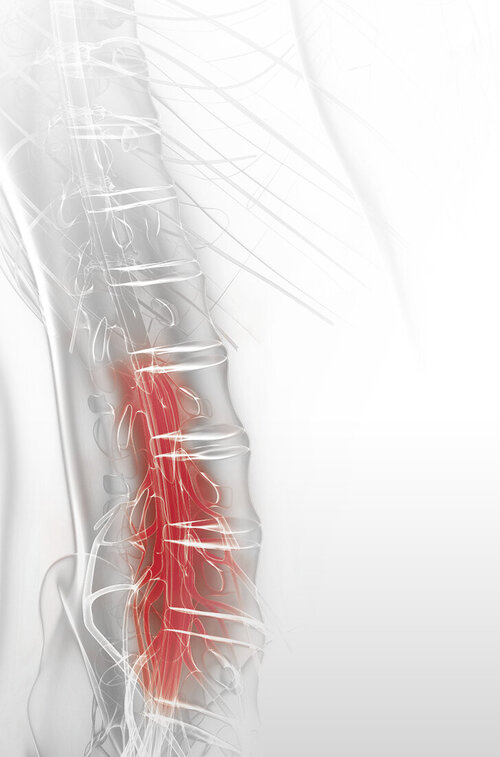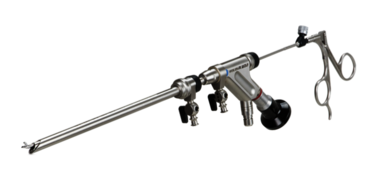Effective stabilisation
Minimally invasive techniques for treating spinal fractures aim to restore spinal stability, reduce pain and improve functionality while minimizing soft tissue trauma and reducing recovery time.
Techniques
Spinal Fractures

Percutaneous pedicle screw fixation
In this method, screws are inserted through small incisions in the skin into the pedicles of the vertebrae and then connected to each other with titanium rods to stabilize the affected segments. This technique reduces soft tissue trauma compared to open procedures and results in shorter surgery times.

Minimally invasive lumbar fusion techniques
Procedures such as transforaminal or posterior lumbar interbody fusion (TLIF or PLIF) allow the fusion of vertebral segments through small incisions.
The development of new expandable implants and instruments means that these procedures can be performed with less tissue trauma. The intermuscular posterolateral or interlaminar transfacetal approach to the mobile segment can now also be performed using endoscopic techniques, reducing postoperative pain and recovery time.
The choice or combination of appropriate minimally invasive techniques depends on various factors, including the type of fracture, the patient's general health and the specific anatomical conditions.
Minimally invasive procedures offer the advantage of less tissue trauma, shorter hospital stays and faster rehabilitation compared to traditional open surgery.

Master Your Spine Surgery Skills
Master Class Training
Experienced spine surgeons have the opportunity to expand their already existing knowledge and skills in endoscopic techniques and to learn the use of advanced techniques.
High-quality Products
See Matching Systems





